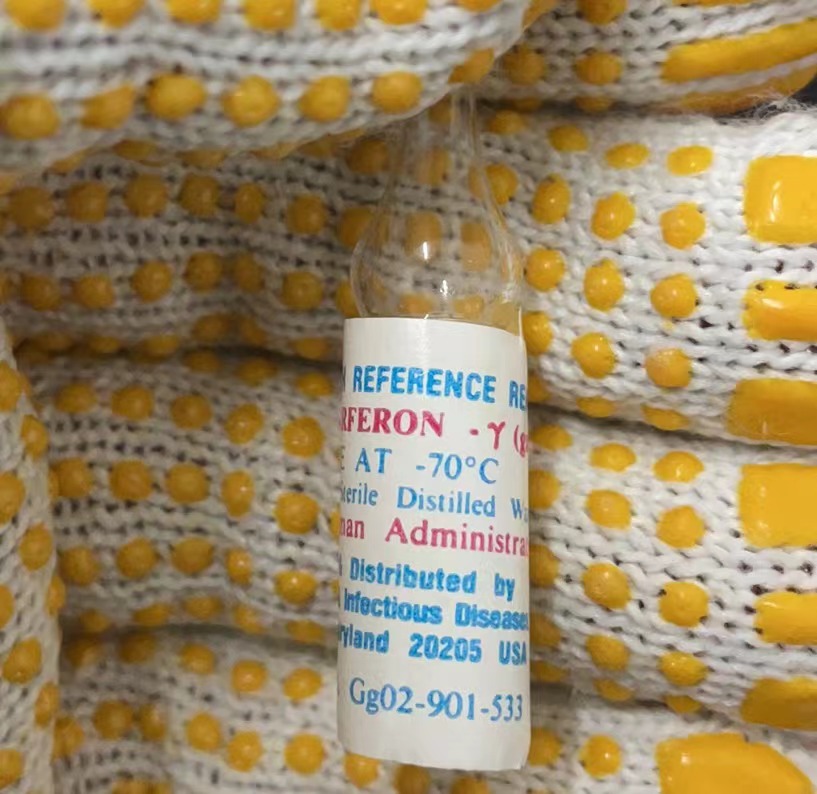NR-19787?? Mycobacterium tuberculosis, Strain CDC1551, Knockout Gateway? Clone Set, Recombinant in Escherichia coli, Plate 5(Clones)|Mycobacterium tuberculosis|Mycobacterium tuberculosis, Strain CDC1551, Knockout Gateway? Clone Set, Recombinant in Escherichia coli, Plate 5|-80°C or colder|Pathogen Functional Genomics Resource Center at the J. Craig Venter InstituteAcknowledgment for publications should read "The following reagent was obtained through BEI Resources, NIAID, NIH: Mycobacterium tuberculosis, Strain CDC1551, Knockout Gateway
? Clone Set, Recombinant in Escherichia coli, Plate 5, NR-19787."|Quantity limit per order for this item is 1. This item can be ordered twice a year. Orders over this limit will be sent to NIAID for approval before shipment.The Mycobacterium tuberculosis (M. tuberculosis), Knockout Gateway
? clone set consists of 8 plates which contain 641 sequence validated knockout clones from M. tuberculosis, strain CDC1551. Each open reading frame was constructed with a hygromycin selectable gene replacement marker in vector pDEST-YUB, a Gateway
? compatible adaptation of the cosmid cloning vector pYUB854 and cloned in Escherichia coli (E. coli) DH10B-T1 cells. The final construct also contains the β-lactamase gene to confer ampicillin resistance for plasmid selection in E. coli. The sequence was validated by full length sequencing of each clone with greater than 1X coverage and a mutation rate of less than 0.2%.Information related to the use of Gateway
? Clones can be obtained from
Invitrogen?. A PCR product representing a functional hygromycin resistance cassette was assembled with chromosomal amplicons of approximately 600 base pairs of the regions flanking each gene targeted for replacement. The three fragments (left flank, hygromycin resistance gene, right flank) were amplified and cloned into pDONR? entry vectors (Invitrogen?). Recombination was facilitated through an attB substrate (attB-PCR product or a linearized attB expression clone) with an attP substrate (pDONR? vector) to create an attL-containing entry clone using the three-fragment
MultiSite Gateway? Pro method. The hygromycin resistance cassette was sequence verified and experimentally verified through hygromycin resistance of DH10B-T1 E. coli cells. The final destination construct was confirmed by restriction digestion analysis. Please refer to the Invitrogen?
Gateway? Technology Manual for additional Gateway
? product details.Plate orientation and viability were confirmed for NR-19787.Every inoculated well of the 96-well plate contains approximately 60 ?L of E. coli culture (strain DH10B-T1) in Luria Bertani (LB) Broth containing 100 ?g/mL ampicillin supplemented with 15% glycerol.Clone plates are replicated using a BioMek
? FX robot. Production in the 96-well format has increased risk of cross-contamination between adjacent wells. Individual clones should be purified (e.g. single colony isolation and purification using good microbiological practices) and sequence-verified prior to use. BEI Resources only confirms the clone plate orientation and viability of randomly picked clones. BEI Resources does not confirm or validate individual clone identities provided by the contributor.


